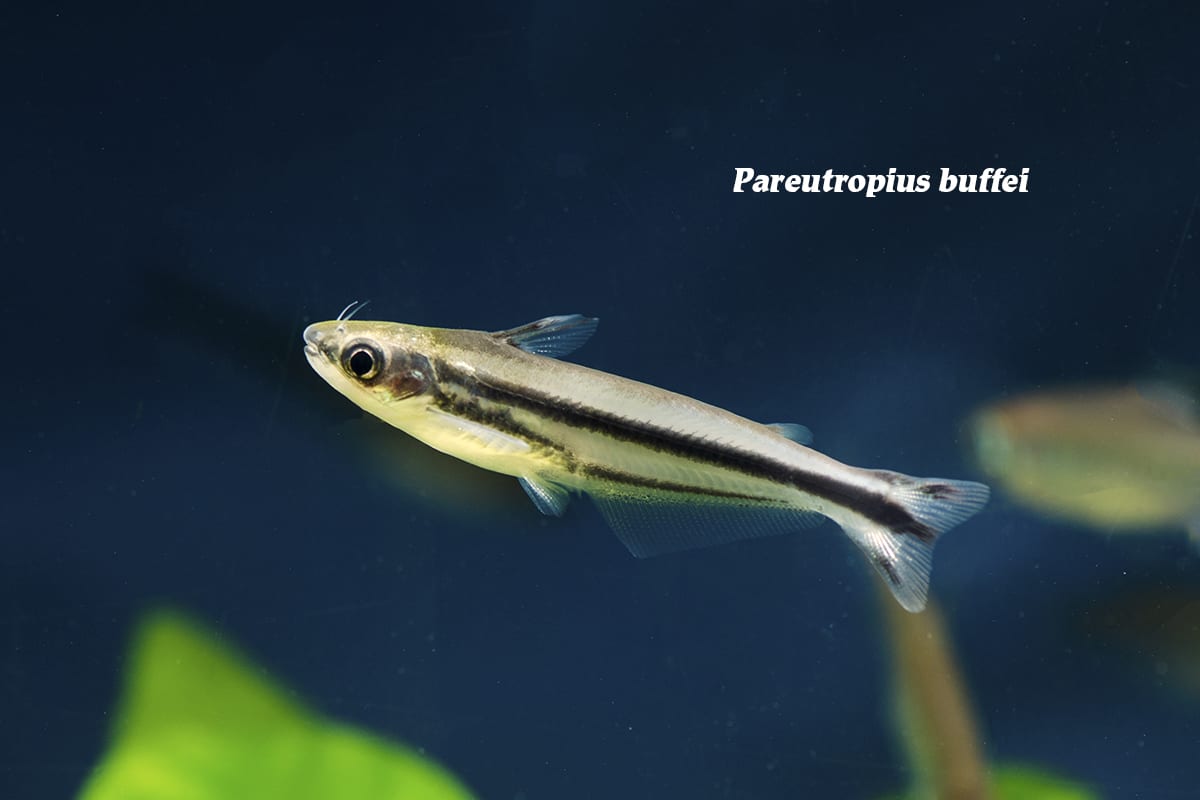The Invisible Fish
The Invisible Fish
A quality often sought after in our pets, transparency allows us to know their needs, feelings, and to predict their behaviors–good or otherwise. But being able to literally see through our pets? That’s a luxury only aquarists know. Straight out of an H.G. Wells novel, invisibility is a physical characteristic with endless benefits for predators and prey alike, this adaptation is found in a handful of aquarium favorites originating from numerous locations around the world. Known as “Glass Catsfish” these fish make wonderful “oddball” additions to community tanks. A few of our favorites include Kryptopterus vitreolus, Pareutropius buffei, and Tympanopleura cf. piperatus.
Scientific NameKryptopterus vitreolus
Common NameAsian Glass Catfish
Temperature / pH70 to 78°F / 4.0 to 6.0 pH
Native LocationThailand
Preferred DietSmall invertebrates
Swimming elusively along coastal rivers basins of peninsular Thailand, K. vitreolus is myth among the invertebrates and aquatic insects is predates upon. Known as “Asian Glass Catfish” these cats reach 2.5 inches in length and exhibit translucent bodies, black speckled heads, and long whiskers. Preferring sluggish and backwater habitats, these catfish thrive in tanks with dim lighting filtered through surface vegetation and dried leaf litter. Other furnishing is up to personal taste, though plentiful hiding places and cover should be provided. Mostly peaceful, they are best kept alongside other small, peaceful species endemic to Thailand. With a tendency to become withdrawn when kept alone, this species is best kept in conspecific groups of 6 or more. Feeding chiefly on zooplankton and small invertebrates in nature, they should be fed small dried foods, and daily small, live and/or frozen fare like Artemia, grindal worm, and Moina. Tanks waters are best maintained with temperatures between 70 and 78°F, pH of 4.0 to 6.0, and hardness between 18 and 179 ppm.
Scientific NamePareutropius buffei
Common NameSwallowtail Glass Cat
Temperature / pH75 to 82°F / 6.0 to 7.5 pH
Native LocationWestern Africa
Preferred DietSmall invertebrates
Scientific NameTympanopleura cf. piperatus
Common NameDuck-billed Glass Cat
Temperature / pH75 to 79°F / 4.5 to 6.0 pH
Native LocationEssequibo River
Preferred DietSmall invertebrates
Found, but not seen, all the way across the world, T. cf. piperatus is a driftwood catfish found in the Essequibo River. These South American catfish have unique sloped heads which give them their common name, “Duck-billed Glass Catfish”. Commonly found down near the substrate, these catfish reach about 2 inches in length, and exhibit short, flattened heads, diaphanous bodies with light veining and dark eyes. Collected from river habitats, tanks are best equipped with dark substrate, woody furnishings, leaf litter, and ample cover from floating plants. Generally peaceful by nature, they are great for South American river community tanks, and should be kept in small conspecific shoals. Most likely feeding on zooplankton and invertebrates, they can be fed high-quality dried foods with regular live and frozen supplementation. Water temperatures should be maintained relatively constant between 75 and 79°F, acidic pH of 4.5 to 6.0, and very low hardness.
Looking for some fun catfish for a community tank? Look no further, wait, where’d it go…oh there…than “Glass Cats”. Give us a call at The Wet Spot to find a species that works with your setup!


